Lawn Care Info
Mowing
At what height should the lawn be cut?
How often does the lawn need mowing?
What time of day should I mow the lawn?
How do I measure the height my mower cuts at?
When should I sharpen my mower blade?
Watering
When should I water my lawn?
Why?
Evening watering usually leaves the blades of turf wet overnight, which can promote disease growth. However, proper fertilizing, mowing and aeration do more to prevent disease than switching away from evening watering. Also, there is no way to prevent evening precipitation, which can leave the lawn in the same state of dampness overnight. These reasons combined with today’s busy schedules means evening water is a good time to water the lawn.
How much do I need to water?
Watering deeply once or twice per week is better than light daily watering. Deep waterings promote a deeper, healthier root system.
How can I measure how much I've watered?
Common Issues
Quack Grass
Quack grass is a turf type weed that is prevalent throughout Winnipeg lawns. It first takes root in weaker areas of the lawn and spreads throughout. Quack grass is extremely hearty and grows at a much faster rate than normal turf giving it an advantage to spread. Sadly, there is no effective chemical control for quack grass, as any herbicide that would remove the quack grass would also damage the desirable turf in the area. The best remedy is to overseed areas affected by quack grass to help the desirable turf reclaim the area.
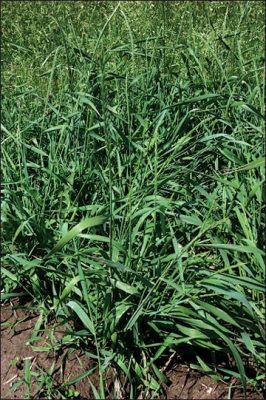
Turf Damaging Insects
Winnipeg lawns are susceptible to multiple turf damaging insects, but the most common are the following:
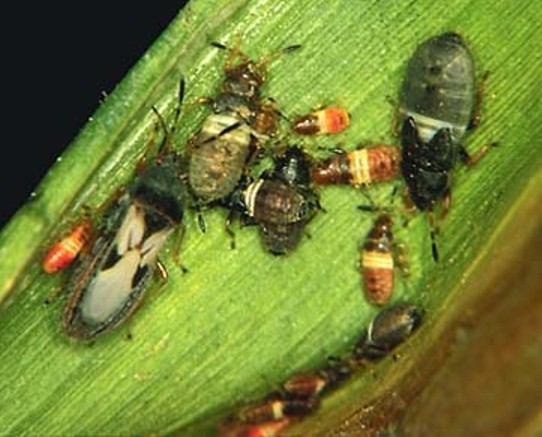
Chinch Bugs
Chinch bugs are the most common turf damaging insect found in Winnipeg lawns. Chinch bugs are generally active starting late June / early July and continue until the end of August. They thrive in hot, dry weather and sunny areas are usually the most affected. Chinch bugs cause damage by sucking the juice from the blades of turf. Damage usually begins as localized dead patches that merge together given time. The damaged areas are brown, irregular, sunken patches. If untreated a full infestation can cause a complete loss of the lawn.
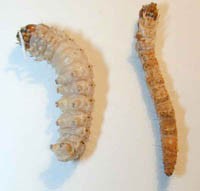
Sod Webworms
Sod webworms are generally active throughout July and August, however damage does not become evident usually until late in the summer. Sod Webworms are part of a life cycle that starts with tan colored moths that lay eggs in your lawn. There is no way of controlling these moths, nor do they cause any damage to the turf directly. Sod webworms feed nocturnally and are not easily visible in most cases. They cause damage by biting the blades of turf close to root, causing it to become detached and brown out. Damage is almost always localized and is very rarely widespread. A good indicator of sod webworm damage is if the area of damage can be lifted free from the soil with ease by hand.
Lawn Diseases
Dealing with lawn diseases can be frustrating, as there is generally no quick corrective to the infection. In most cases, the disease will be prevalent until the conditions that are causing it to thrive have subsided. The good news is that in almost all cases there is no long term damage to the turf after the infection subsides. Here are a few pointers to help prevent the spread of lawn diseases.
- Reduce watering of the lawn temporarily and avoid watering in the evening if possible.
- Avoid contact with the area when it’s damp, as the fungal spores are more transferable when wet.
- Bag your lawn clippings until the infection subsides. Mulching will put infected clippings back into the lawn.
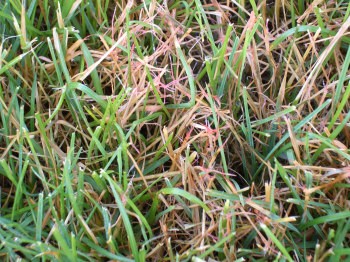
Red Thread
Red thread is becoming more and more prevalent throughout Winnipeg lawns. It is a fungal disease that is most common during warm and wet conditions. It appears as small brown patches that will have a pinkish tinge. Upon closer inspection an interweaving of pink/red fungal spores will be evident. Red thread can be aided in its clear up by fertilizing and generally causes no long term damage to the area affected.
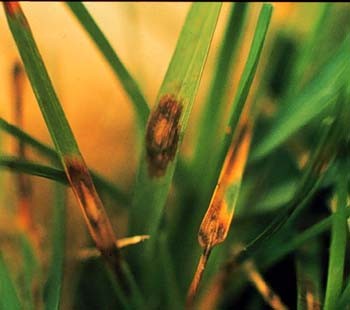
Leaf Spot
Leaf spot damage first appears as a fading in color of the turf. Leaf spot generally afflicts Winnipeg lawns in spring and also during prolonged moist periods. Leaf spot generally does not cause any long term damage to the area affected and will clear up on its own once the moist conditions subside.

Powdery Mildew
Powdery mildew is a fungal disease caused by a spread of white fungus spores on the exterior of the blades of turf. It appears as almost a dusting or painting of white on the blades in the affected area. Powdery mildew can occur throughout the season, but mostly during humid conditions and usually affects shaded areas mostly. Powdery mildew does not cause any long term damage to affected turf and will clear up on its own once the conditions for its growth are gone.

Rust
Rust is a fungal disease that occurs during warm and moist conditions. The fungal spores coat the exterior of the blades giving it an orange color. The spores are easily transferable when moist, so contact with the affected areas should be kept to a minimum. The majority of cases in Winnipeg are not severe and isolated to small localized areas. It is very rare to see any long term damage occur after a rust infection subsides.
Ants
Ants are present in all turf areas in Winnipeg. The ants themselves do not cause any damage to the turf. However, the hills (nests) they make are unsightly. In almost all cases, the hills are constructed in weaker areas of the lawn, where is the grass is thinning or gone. Chemical control of ants is never 100% effective and there is no way to prevent ants from entering your lawn. In most cases, chemical control will cause the ants to just relocate to the next available area to create a new hill.
The best solution to get rid of the unsightly ant hills in your lawn is to apply ant powder (available at most hardware/garden centres) to your hills. Once the ants have vacated the hill, begin by digging out the hill. Once removed, patch the area with new soil and seed. By doing so, you will strengthen the turf area, causing it to be less likely to become the site of a new hill. It may take several applications and patience, but with enough effort your lawn will become ant hill free.
Urine Spots
Urine spots occur due to an over concentration of nitrogen in the area from the animal’s urine. The spots are generally small and circular, appearing a few days after.
Watering the area of turf immediately after urination takes place will reduce the risk of damage to the turf. If damage has already occurred there is no corrective, so removal of the dead grass and reseeding of the area is the only solution.
There are a few contributing factors that increase the risk of urine spots occurring:
- Female dogs are more likely to cause lawn burn than males because they void their entire bladder in one location instead of lifting their leg and marking, like males.
- Large dogs deposit more urine so they increase the quantity of nitrogen in one location, making lawn burn more likely.
- Lawns that are stressed are more susceptible to damage. Lawns that are suffering from drought, disease, or are newly sodded or seeded are more susceptible.
